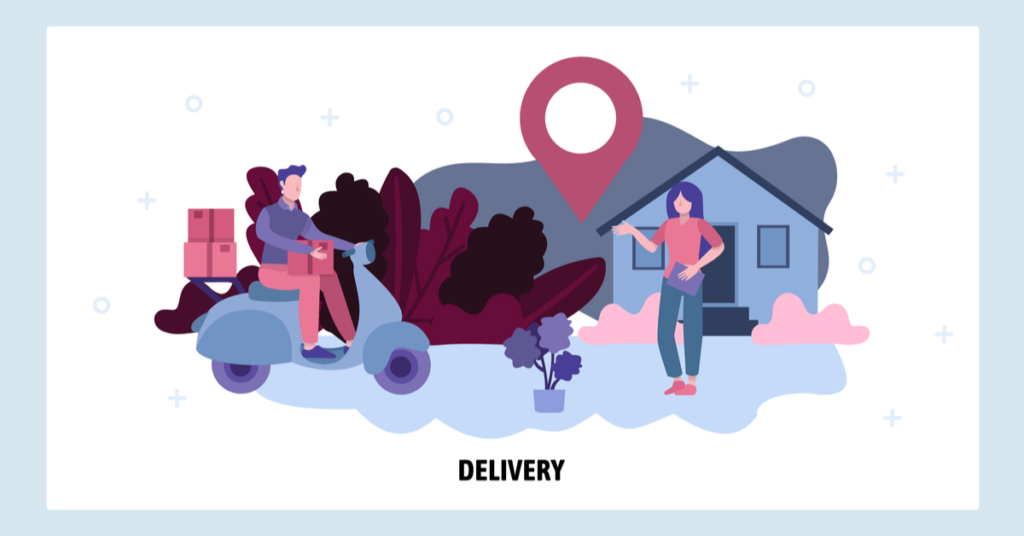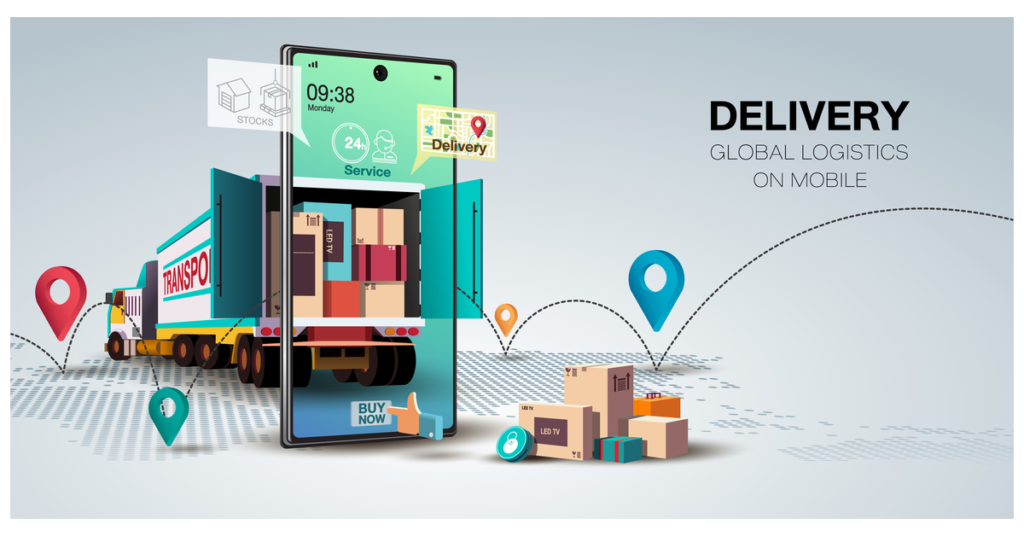
- Products
- Solutions
- Learn
- Partner
- Try Now

How is Last Mile Delivery the most critical leg of the shipping journey? What exactly is a last-mile delivery service? In an item’s journey from the storeroom shelf, to the back of a truck, to the buyer’s door, the “last-mile” of delivery is the final phase of the process – the point at which the delivery finally arrives at the customer doorstep.
One of the studies shows that the product shipment is worth more than US$83 billion, and expect to double within a decade.
Last-mile logistics is the most important stage in the delivery process and the one that companies priorities’ in terms of speed and efficiency.
This is to stay in line with the ever-evolving consumer demand for fast shipping, particularly in the food and beverage, e-commerce, and retail industries.
The last-mile delivery service is the most time, as well as a cost-sensitive leg of the shipping process, and is extremely pivotal to customer experience
Addressing Existing Challenges of ‘Time’ and ‘Cost’
There are instances where customers track their packages online in real- time. They’ve been “out for delivery” for what feels like an eternity for them. That is due to the involvement of multiple stops with low-drop sizes during the final leg of the shipment.
Delivery points along a specific route can be several miles apart in the rural areas; just in one or two parcels getting delivered at each point. The outlook is not much better in cities as well; what urban areas make up for in-stop domain is simply overturned by the near-continuous delays of the traffic congestion.
Since it is easy for consumers to look for an alternative place to purchase stuff, businesses cannot afford to disappoint them. This means they have to foot that cost. And exactly there is the other last-mile delivery service challenge.
Last-mile delivery service can account for 53% of a shipment’s overall expenses. Companies generally eat nearly a fourth of those expenses themselves; however, this figure is ballooning up as supply chain inefficiencies are getting increasingly costlier.
With the constant growth of e-commerce in the retail sector, last mile delivery challenges are getting worst. This has drastically increased the number of packages dropped off daily which has heightened customer expectations to include fast, as well as free delivery.
Ways to Improve Last-Mile Delivery – Technology is the Silver Bullet

Refining the last-mile logistics in a bid to ensure fast and prompt delivery is crucial to offering a pleasant customer experience. And having an efficient fleet management tool is a great place to kick-start.
Simply put, technology does the hard labour for the companies, so they can focus on their customers. Read along to know the ways how a tech-driven last-mile delivery solution helps optimise the delivery process of businesses.
Automate Driver Dispatch to Curb Labour Costs and Service Time
Allowing software, such as automatic driver dispatch, to decide the routes reduces the time required to do so manually, as well as the number of drivers required per day to complete the deliveries. Managers can define auto-assignment rules as per the drivers’ location and route distance while decreasing the number of tasks per driver.
This dispatch feature takes automation to another level, enabling effective resource allocation, saving time, and allowing managers to focus on optimizing other aspects of the delivery cycle. Such a degree of automation streamlines last-mile logistics, as well as, helps address the loopholes that expand last-mile delivery expenses.
Automate Route Planning to Slash Delivery Time
When drivers are consigned to complete the deliveries, most of the time, their routes are far from a linear path. Instead, they are usually twisted, with some parcels to be delivered here, some to be delivered there, and so on. By the time the shift ends, drivers have covered miles and spent time as well as fuel unnecessarily.
In the same tone, in urban areas, the traffic congestion consumes just as much time and fuel, although the drop-off locations are closely spaced.
Automating route planning optimises the routes of the drivers they follow. It also makes sure that the drivers’ allocation is done efficiently.
Centralize Logistics Data
No matter the amount of data companies have been accessing about their fleets, external carriers, and aggregator sites, if it is not structured, there is still a lot they can do with that data.
Companies can better comprehend the pros and cons of their last-mile delivery process. They can compile all of this data at a single centralized location. They can also tweak it as required to constantly optimize the process.
Offer Proof of Delivery
As per an industry report, 56% of customers demanded better transparency in the delivery process. Proof of delivery is the documentation. It confirms that a product delivery to the destination, such as a signature from the receiver, or an image of the parcel being left at the doorstep – coupled with a date and time stamp.
Thanks to tech intervention, drivers can now wind up the whole procedure through a smartphone application. It will supports signatures, barcodes, image collection, and notes.
Enhance Communication with Drivers
Businesses want their customers to be able to communicate with their drivers. They also want to be able to communicate with them too, irrespective of the drivers’ current location. This will help address problems and fix them in real-time. It also helps to better identify them before they get a chance to become a problem.
Keep an Eye on Drivers’ Performance
One of the key metrics to keep tabs on is the performance of the drivers. This incorporates service times, on-time rates, customer response, number of packages delivered, and total distance covered. Analysing this data will help businesses recognise the scopes for improvement, as well as concerns for driver safety.
Winding Up: Last Mile Delivery
There is no comprehensive fix to the challenges of the last-mile delivery. However, companies have to make calculated efforts to discover robust and cost-efficient ways to make material strides and fulfil the demands of their customers.
And with the in-progress integration and advancement of automation across sectors, it is likely that delivery drones, robots, and driverless vehicles will be making most of these deliveries in the near future.
Jungleworks offers professional last-mile delivery software. It helps you refine that last crucial mile, trusted by more than 24,000 businesses across continents. The software offers a complete kit bag for last-mile delivery. It provides features such as advanced analytics, electronic proof of delivery, real-time tracking, and automated job assignment.
Subscribe to stay ahead with the latest updates and entrepreneurial insights!

Subscribe to our newsletter
Get access to the latest industry & product insights.





















